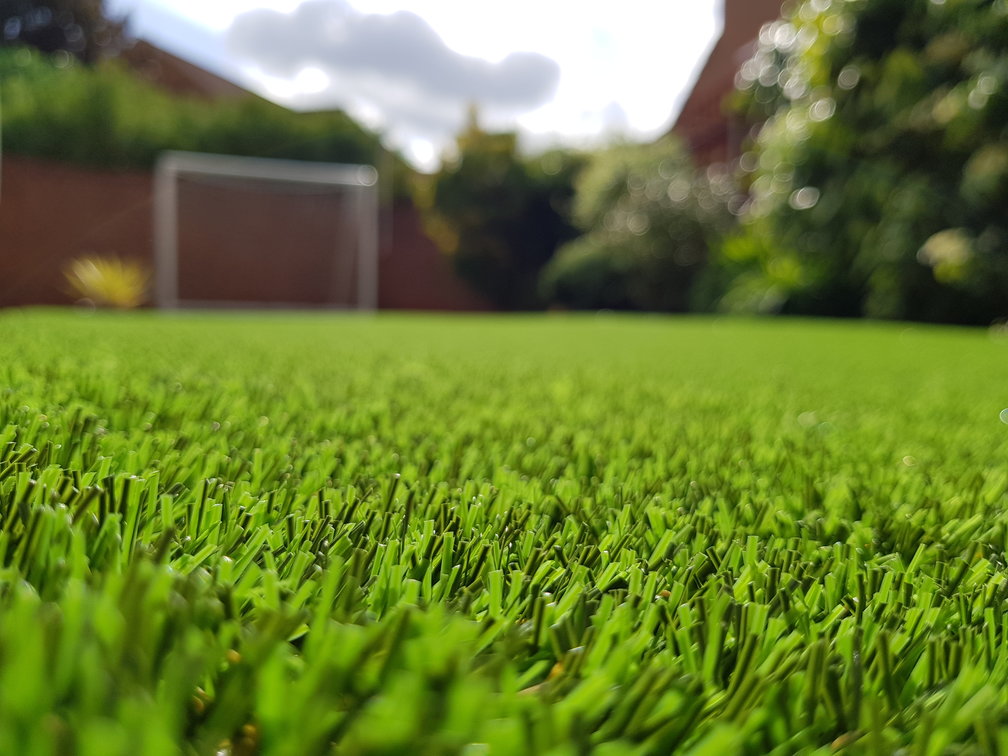Artificial grass has become increasingly popular over the years as an alternative to natural grass. It is designed to look and feel like natural grass, but without the upkeep and maintenance required of natural grass. In this article, we will explore the types of artificial grass, its advantages and disadvantages, installation and maintenance, and its environmental impact.
Types of Artificial Grass
There are different types of artificial grass to choose from, depending on the intended use and personal preference. Here are the most common types of artificial grass:
- Short Pile Artificial Grass Short pile artificial grass is designed to mimic the appearance of freshly mowed grass. It is ideal for areas that receive high traffic, such as playgrounds, sports fields, and commercial spaces.
- Medium Pile Artificial Grass Medium pile artificial grass is the most common type of artificial grass used in residential properties. It is designed to look and feel like natural grass and is ideal for gardens, patios, and rooftops.
- Long Pile Artificial Grass Long pile artificial grass is designed to look like luxurious, soft, and lush natural grass. It is ideal for areas that are not frequently used, such as golf courses, decorative landscapes, and pool surrounds.
- Nylon Artificial Grass Nylon artificial grass is known for its durability, making it ideal for high-traffic areas. It is also resistant to moisture and UV rays.
- Polypropylene Artificial Grass Polypropylene artificial grass is known for its affordability and is ideal for areas that do not receive high traffic.
- Polyethylene Artificial Grass Polyethylene artificial grass is known for its softness and durability. It is ideal for residential properties and sports fields.
Advantages of Artificial Grass
- Low Maintenance Artificial grass requires minimal maintenance compared to natural grass. It does not need to be watered, mowed, or fertilized, which saves time and money.
- Cost-Effective While the initial cost of artificial grass may be higher than natural grass, it pays for itself in the long run. With minimal maintenance required, it is a cost-effective solution.
- Durability Artificial grass is designed to withstand harsh weather conditions, making it durable and long-lasting.
- Environmentally Friendly Artificial grass does not require water, reducing the amount of water consumption in areas where water is scarce. It also eliminates the use of harmful pesticides and fertilizers.
- Versatile Uses Artificial grass can be used in a variety of settings, including residential properties, commercial spaces, sports fields, and playgrounds.
- Safe for Children and Pets Artificial grass is free of harmful chemicals, making it safe for children and pets to play on.
Disadvantages of Artificial Grass
- Artificial Appearance While artificial grass is designed to look like natural grass, it can still have an artificial appearance that may not be to everyone’s liking.
- Limited Lifespan Artificial grass has a limited lifespan of around 15-20 years, depending on the quality and maintenance.
- Heat Retention Artificial grass can retain heat, making it uncomfortable to walk on in hot weather.
- Expensive Installation The installation of artificial grass can be expensive, with costs varying depending on the size of the area and the type of artificial grass used.
Installation of Artificial Grass
The installation of artificial grass involves the following steps:
- Site Preparation The area where the artificial grass will be installed needs to be cleared of any debris, rocks, and weeds.
- Measuring and Cutting Artificial Grass The artificial grass needs to be measured and cut to the appropriate size and shape.
- Joining Artificial Grass If multiple pieces of artificial grass are needed, they need to be joined together using a special adhesive tape or glue.
- Securing the Artificial Grass The artificial grass needs to be secured in place using nails, staples, or pegs.
- Adding Infill Infill is added to the artificial grass to help support the blades and maintain its shape. Infill materials can be sand, rubber, or a combination of both.
Maintenance of Artificial Grass
The maintenance of artificial grass involves the following steps:
- Cleaning Artificial Grass Artificial grass needs to be cleaned regularly to remove any debris, dirt, and dust. This can be done using a broom, leaf blower, or vacuum cleaner.
- Brushing and Grooming To maintain the appearance of the artificial grass, it needs to be brushed and groomed regularly to prevent matting and flattening the fibers.
- Removing Stains and Spills Spills and stains should be cleaned up immediately using soap and water.
- Repairing Tears and Damage Tears and damage should be repaired as soon as possible to prevent further damage.
- Adding Infill Infill should be added periodically to maintain the shape and support the blades.
Environmental Impact of Artificial Grass
Artificial grass has both advantages and disadvantages when it comes to its environmental impact. While it does reduce the amount of water consumption and eliminate the use of harmful pesticides and fertilizers, it is not biodegradable and has a limited lifespan. However, some companies are now offering recycling programs for artificial grass, making it a more sustainable option.
Conclusion:
Artificial grass is a practical and cost-effective solution for those who want to enjoy the benefits of a green lawn without the hassle and maintenance of natural grass. While it does have its advantages and disadvantages, it is a versatile and durable option that can be used in a variety of settings. With proper installation and maintenance, artificial grass can provide a lush and green landscape for years to come.

